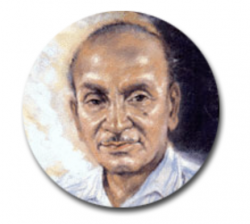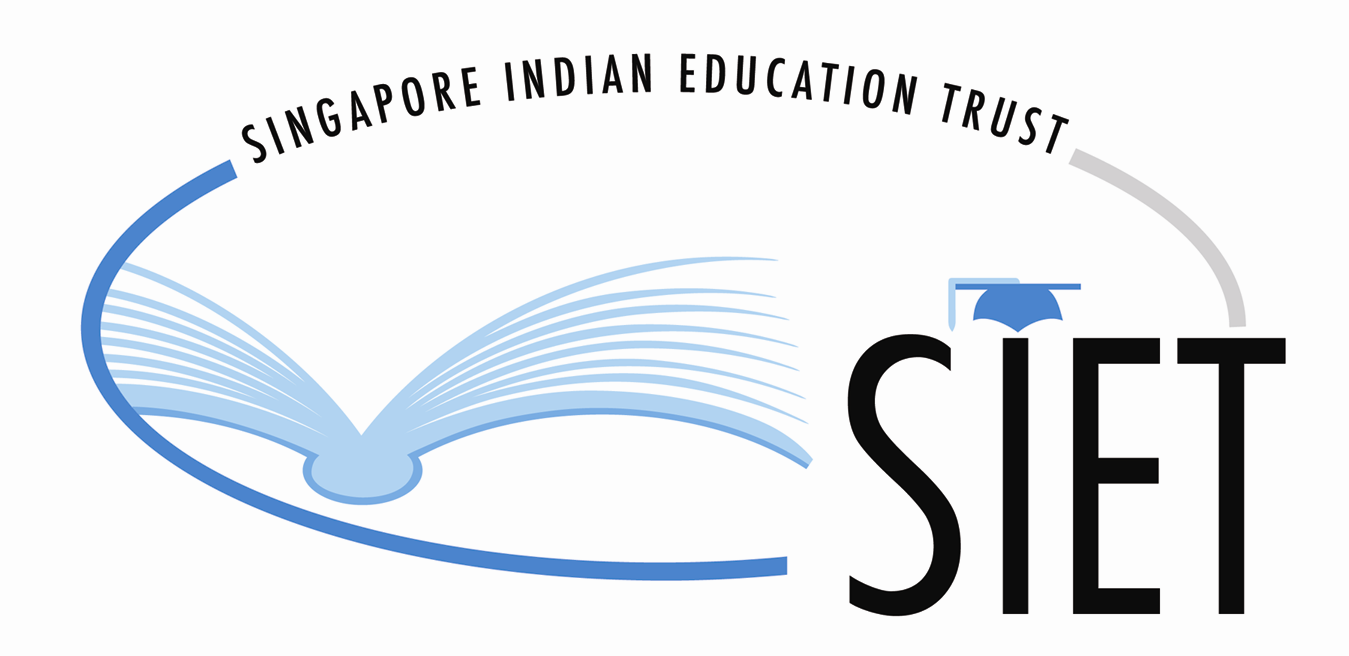Our Story
Singapore’s dramatic ejection from Malaysia in 1965 and the pullout of British bases East of Suez in 1971 plunged Singapore into economic and political uncertainty. As many local Indians were employed in both white-collar jobs and unskilled labour within the British bases, the withdrawal of the bases posed serious challenges for the continued economic well-being of Singapore Indians.
Founding Members

Mr. Govindasamy Kandasamy
Mr G Kandasamy, a prominent Trade Unionist and politician during Singapore’s founding years had the foresight to look beyond the immediate uncertainties. Aside from the dependence on British bases, he realised that many poorer Indian families tended to take their children out of school to supplement family incomes and help out in the household. He strongly believed that these children should join their cohorts in secondary and post-secondary education so that they could benefit from economic development and become contributing members of society.
Between July and August 1966, Mr Kandasamy and a colleague, Mr T Selvaganapathy, join hands with other prominent Indians to advocate the setting up a scholarship fund “to provide financial assistance to deserving Singaporeans of Indian parentage so that they can equip themselves with the necessary skills and qualifications to participate in the industrialisation of our country”. At a meeting among 12 like-minded supporters at the Singapore Indian Association on 30 August 1966, Mr Kandasamy forged an agreement in principle to set up a scholarship fund to be tentatively called the Indian Scholarship Trust Fund. Those present included MP Mr P Govindasamy, Mr K R Chandra, later Permanent Secretary, and Mr M Bala Subramanion, Director of Postal Services. They appointed themselves the Pro-tem Committee which would remain in office until the Trust was registered. Mr Kandasamy was elected Chairman, Mr S G Advani, a lawyer with S. K. Lee, Advocate & Solicitor, the Secretary, and Mr K Gopalakrishnan, a teacher, the Assistant Secretary.
While the details of setting up “an institution of public character” were being ironed out, the fledgling committee faced the practical matter of raising funds through voluntary contributions from prospective Trustees. By 31 December 1967, the Trust had raised exactly $3,297.10. Undeterred by this modest start, Mr Kandasamy and his Council pressed on to secure further donations and the amount stood at $25,193.46 by 31 December 1971.
First Awards
In April 1972, the Management Council reported in its Annual Report for 1971/72 the setting up of a Scholarship Rules Sub-Committee comprising Mr K Gopalakrishnan (Chairman), Mr Justus Marian (Member) and Mr P Kesavan (Member) to “draft the rules, procedures and costing for the award of scholarships and donation of books for secondary, pre-university and university students.” The recommendations of the Sub-Committee were unanimously adopted and the first formal SIET scholarships were awarded that year. Out of 127 applicants, 18 qualified, six were shortlisted and three were eventually selected. The total cost was $1,600. The amount of interest accruing to the Trust at the time being insufficient, 11 members generously dug into their own pockets to make up the $930 deficit. Thus started the work of SIET in supporting deserving Sinagporean Indian students in their educational journey.
Setting up SIET was a significant achievement and a remarkable show of solidarity in the face of bleak realities of the time. Credit is due in very large measure to the visionary Pro-Tem Committee, who took it upon themselves to help the less fortunate in the Indian community fulfil their educational ambitions. Credit is also due to all the donors over the years, for making SIET a reality.
